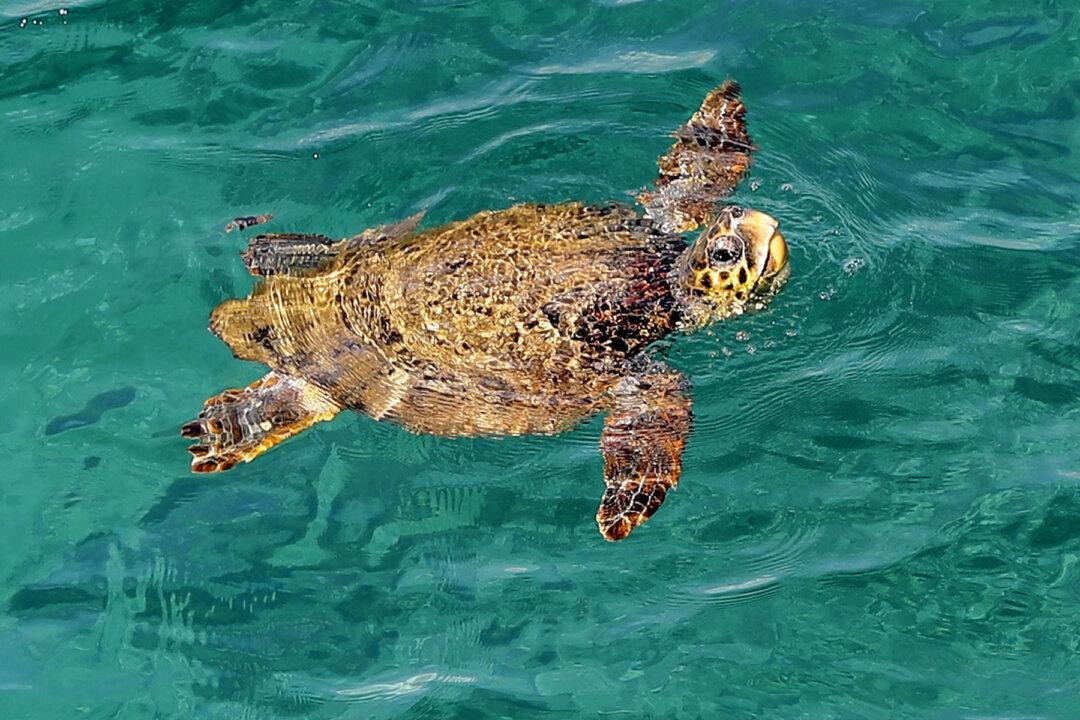From the archives: This story was last updated in April 2019.
One green sea turtle was recently forced to lay her eggs on the tarmac of a new airport, but luckily, locals were there to help save the day. Is this a sign of the times? It was not how she remembered her birthplace to be, and now she had returned to deposit her own clutch of eggs.Sea turtles have been enjoying Earth’s oceans for millions of years and play an important part in the marine ecosystem. Their numbers have been declining though, and getting snared in fishing nets is one of the main causes of their early demise. Each year, female turtles will return to the very spot where they were born, according to National Geographic. With only 1 in 1,000 hatchlings surviving the journey to adulthood, it becomes vitally important for them to build that nest.





